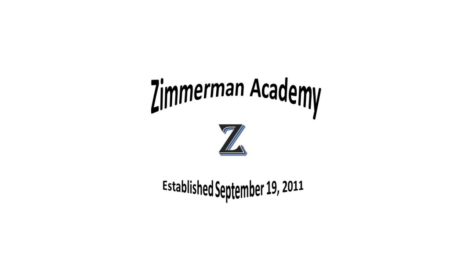Pwogrè kontini kòm yon Belt Nwa
Yon fwa ou rive nan ran an nan senti nwa, ou pral jwenn li difisil si se pa enposib antrennman nan klas. Sof si ou gen anpil bagay nan senti nwa, ki moun ki ka pran tou wotasyon, ou pral pase pi fò nan tan ou anseye. The window of training in class also closes the longer that you are a black belt. How do you continue to progress once you reach black belt?

Akòde “Trey” senti nwa l 'sou Avril 27, 2013.
Yon recent article by a long time instructor Al Case of Monster Martial Arts stated that he trains black belts in other arts, once they reach black belt. My only issue with this approach is that it puts the onus on the instructor to continue developing the black belt. I start letting students experiment with specialties in the advanced ranks. After black belt, I expected them to come up with a road map that we can discuss.
After receiving my black belt, I studied Judo, Goju Shori Weapons and Brazilian Jiu-Jitsu. I did not pursue them to black belt like many martial artist do but to round out my martial arts education and to be able to fight standing, on the ground and with a weapon.
To continue to improve, you have to find time to train yourself. It will normally be outside of class, before class or after class. If you need a partner, you will have to set up the training sessions, elatriye. If you don’t continue to train, you will stagnate. I know this to be true from personal experience.

Zimmerman Academy Logo
I would advise you to set monthly and yearly goals for your martial arts training. The old adage applies. ”You don’t plan to fail, you fail to plan.” I would also suggest journaling all your martial arts activities including workouts, classes, testing, elatriye. I have found this practice to be particularly helpful in reinforcing things that I was learning . It was also helpful for planning future workouts.
Finalman, if you have black belts working out at your classes or seminars, try to give them an opportunity to train. It can help reinvigorate them.
Kloure Li

